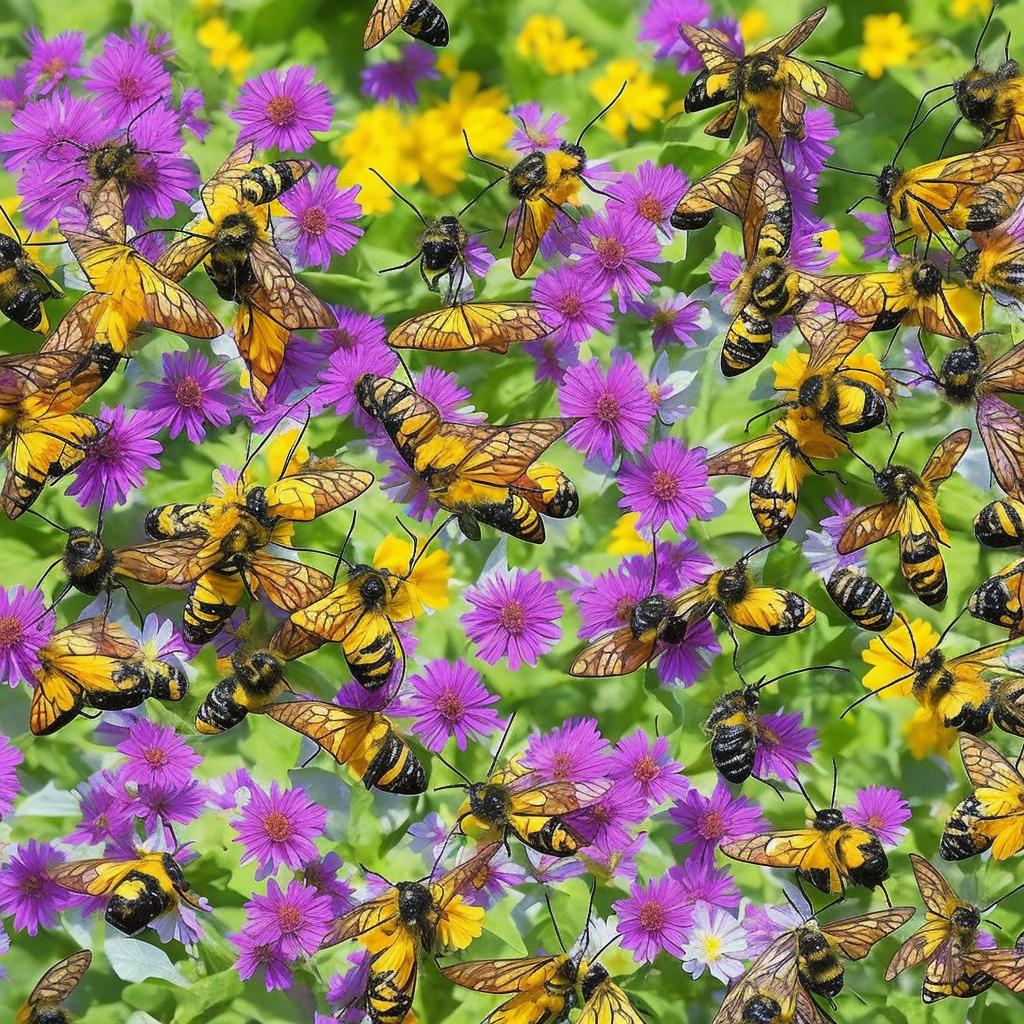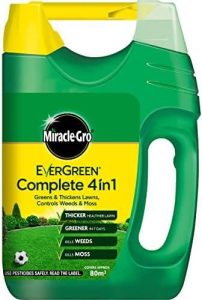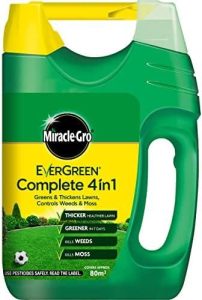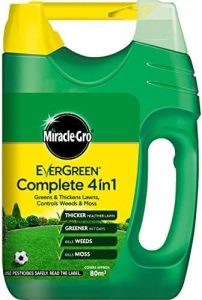In a world where honeybees are buzzing about at alarming rates and butterflies are struggling to find their next meal, creating a pollinator paradise in your very own yard could be a small but impactful contribution to saving our pollinators. By ensuring your outdoor space is a welcoming haven for these crucial creatures, you can help maintain biodiversity, support local ecosystems, and beautify your surroundings all in one fell swoop. If you’re ready to roll up your sleeves and make a difference, read on to learn how to transform your yard into a haven for bees, butterflies, and other essential pollinators.
– Choosing Native Plants to Attract Pollinators
Transforming your yard into a pollinator paradise is not only beneficial for the environment, but also a beautiful way to attract colorful butterflies, buzzing bees, and other important pollinators. By choosing native plants that are well-suited to your local climate and soil conditions, you can create a welcoming habitat for these essential creatures.
When selecting native plants to attract pollinators, consider the following factors:
- Bloom time: Choose a variety of plants that bloom at different times throughout the growing season to provide nectar and pollen for pollinators year-round.
- Plant diversity: Include a mix of flowers, shrubs, and trees to attract a wide range of pollinators with diverse feeding preferences.
- Native plant species: Opt for plants that are native to your region, as they are adapted to the local ecosystem and will provide the best food and habitat for pollinators.
– Creating Nesting Habitats for Bees and Butterflies
One of the best ways to attract bees and butterflies to your yard is by creating nesting habitats that cater to their specific needs. Bees, for example, need safe spaces to build their nests and raise their young. Providing them with bee houses or nesting boxes can help support their population and encourage pollination in your garden. Butterflies, on the other hand, need host plants for their caterpillars to feed on and nectar-rich flowers for the adults to feed on. By including a variety of native plants in your garden, you can create a pollinator paradise that will attract these beautiful insects.
When designing nesting habitats for bees and butterflies, consider the following tips:
- Plant a diverse selection of native flowers, shrubs, and trees to provide food and shelter for pollinators.
- Include host plants for butterfly caterpillars, such as milkweed for monarchs and parsley for swallowtails.
- Provide water sources, like shallow dishes with rocks for butterflies to sip from and bee baths with fresh water for bees to drink.
- Limit pesticide use in your garden to protect pollinators from harmful chemicals.
- Providing a Water Source for Pollinating Insects
One simple way to attract and support pollinating insects in your yard is by providing a water source for them. Pollinators, such as bees and butterflies, need a place to drink and hydrate just like any other creature. Creating a pollinator paradise in your yard can be as easy as setting up a small water station specifically for these important insects.
Consider placing a shallow dish or bowl filled with fresh water in a sunny spot in your garden. You can add rocks or pebbles to provide a landing spot for the insects, making it easier for them to access the water without drowning. Another option is to create a DIY bee bath by filling a shallow container with water and adding floating corks or twigs for the pollinators to land on. By providing a water source for pollinating insects, you are not only helping them thrive but also enhancing the biodiversity and beauty of your yard.
| Pollinators | Preferred Water Source |
|---|---|
| Bees | Shallow water dishes with rocks or corks for landing |
| Butterflies | Mud puddles or shallow dishes with sand |
| Hummingbirds | Shallow bird baths with rocks for perching |
– Limiting Pesticide Use to Protect Pollinators
Creating a pollinator paradise in your yard is easier than you may think. By limiting pesticide use and focusing on natural alternatives, you can help protect the essential pollinators that keep our ecosystem thriving.
Start by planting a variety of native flowering plants that attract bees, butterflies, and other pollinators. Some great options to consider are native wildflowers, milkweed, and lavender. Additionally, providing a water source, such as a birdbath or small pond, can help attract pollinators to your yard. By creating a diverse and welcoming environment for these beneficial insects, you can help support their populations and ensure a healthy ecosystem for years to come.
| Plant | Benefits |
|---|---|
| Native Wildflowers | Attract a variety of pollinators |
| Milkweed | Essential food source for monarch butterflies |
| Lavender | Attracts bees and butterflies with its fragrant blooms |
In Conclusion
As you embark on the journey to create a pollinator paradise in your yard, remember that every plant, every flower, and every effort you put in will make a difference in the ecosystem. By providing a welcoming habitat for bees, butterflies, and other pollinators, you are not only enriching your own surroundings but also contributing to the greater good of the environment. So, roll up your sleeves, get your hands dirty, and watch as your yard transforms into a buzzing haven for these vital creatures. Happy gardening!




